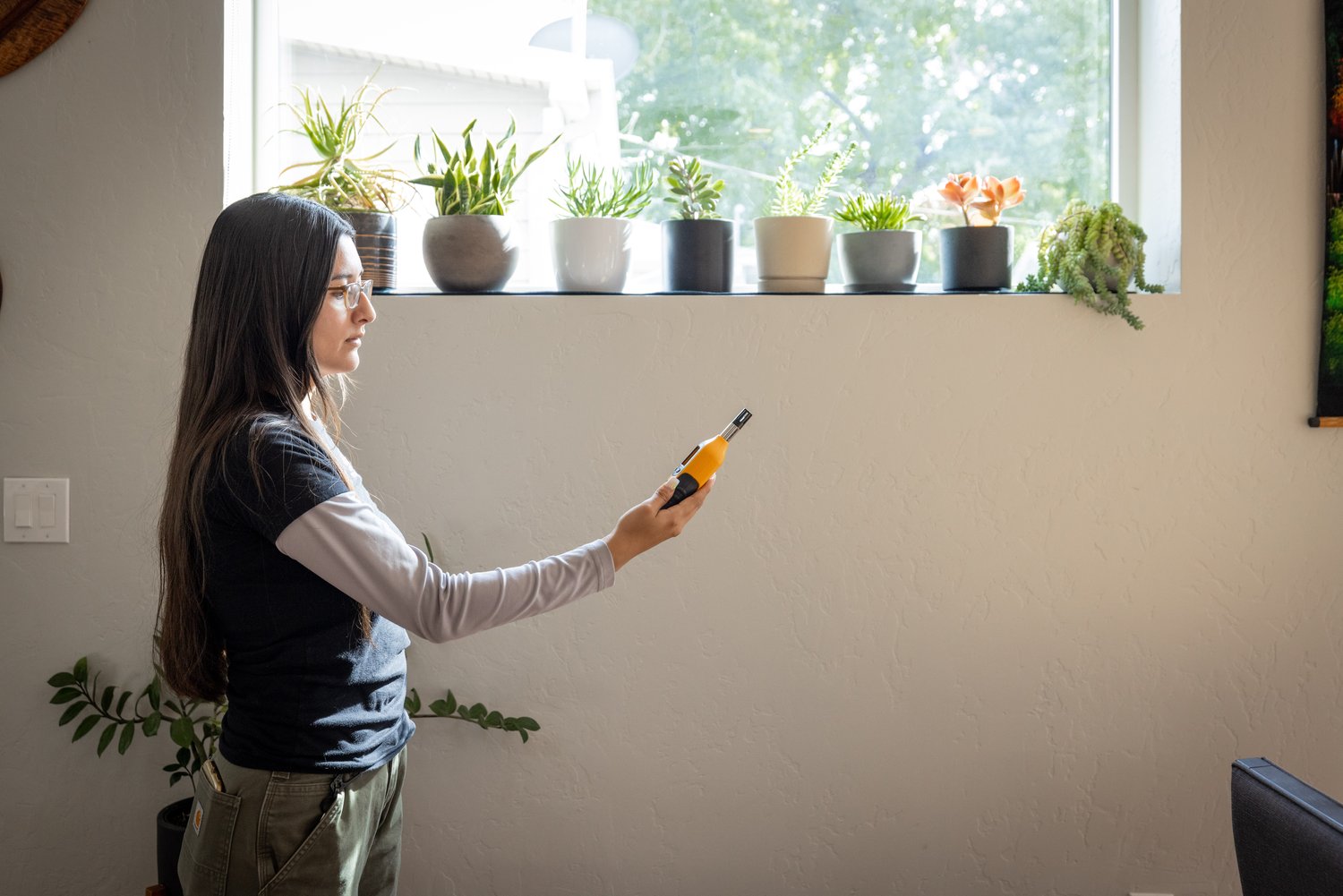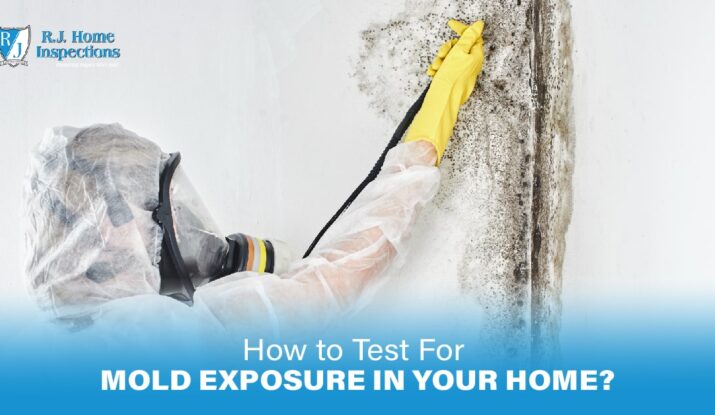Comprehensive Solutions for Your Mycotoxin testing Services Requirements
Comprehensive Solutions for Your Mycotoxin testing Services Requirements
Blog Article
Why Mycotoxin Screening Providers Are Vital for Protecting Public Health And Wellness
The importance of mycotoxin screening solutions in guarding public health and wellness can not be overemphasized. Mycotoxins, harmful substances generated by fungi, posture major health dangers such as liver damage and cancer cells when present in food and feed. By identifying and mitigating these dangers via routine screening, we can protect against infected items from reaching customers. This not only makes certain compliance with stringent governing requirements yet likewise boosts customer confidence and maintains the integrity of the farming industry. Comprehending the mechanisms and advantages of these testing solutions opens a vital discussion about their duty in public health and wellness security.
Recognizing Mycotoxins
Recognizing mycotoxins is vital for making certain food safety and security and protecting public health and wellness. Mycotoxins are hazardous compounds produced by certain kinds of fungis, generally found in food and feed plants. These fungi can multiply in a variety of problems, specifically in humid and cozy environments, resulting in contamination during pre-harvest, storage space, or processing stages. The most widespread mycotoxins consist of aflatoxins, ochratoxin A, fumonisins, and trichothecenes, each with unique chemical structures and toxicological buildings.
The existence of mycotoxins in foodstuffs can compromise their security and high quality. They are resistant to conventional food processing strategies, thereby continuing the food supply chain and posturing prospective dangers. Regulative bodies worldwide, such as the Food and Agriculture Company (FAO) and the Globe Health Organization (THAT), have established strict limits on appropriate degrees of mycotoxins in food products to reduce their unfavorable results.
Reliable mycotoxin monitoring entails detailed tracking and testing to detect and measure their degrees in farming items. This aggressive method helps in determining infected sets early, thus preventing their intro right into the marketplace. Carrying out strict mycotoxin controls is essential for keeping food safety and security standards and safeguarding consumer health and wellness.
Health And Wellness Risks of Mycotoxins

Exposure to mycotoxins postures considerable health risks to both people and animals, demanding attentive tracking and control actions. These toxic secondary metabolites, generated by particular fungis, can contaminate food and feed, resulting in severe and chronic health problems. In people, mycotoxins such as aflatoxins, fumonisins, and ochratoxins can create a series of negative effects, consisting of liver damage, kidney poisoning, immune reductions, and even carcinogenic results. For example, aflatoxins have actually been classified as Team 1 health hazards by the International Company for Research Study on Cancer (IARC), suggesting a proven link to liver cancer.

Given these serious health repercussions, it is essential to apply robust mycotoxin screening protocols. Exact detection and metrology of mycotoxins in food and feed are necessary to minimize wellness dangers and make certain public and animal safety.
Typical Sources of Contamination

In enhancement to grains, nuts such as peanuts, almonds, and pistachios are highly prone to mycotoxin contamination. Aflatoxins, a potent form of mycotoxin, are generally located in these nuts, particularly when storage space problems are suboptimal. Dried out fruits, including apricots, raisins, and figs, additionally present productive premises for fungal development because of their high sugar web content and moisture-retaining residential properties.
Additionally, contamination is not restricted to raw agricultural items. Refined foods, animal feeds, and dairy items can additionally have mycotoxins if the initial components were polluted. This prolongs the risk of exposure throughout the food supply chain, demanding rigorous monitoring and control steps.
Understanding the common sources of mycotoxin contamination is essential for implementing reliable preventative methods. Reducing these dangers at the source can significantly lower the incidence of mycotoxin-related health and wellness issues, securing public health and wellness.
Examining Protocols and approaches
Reliable mycotoxin management rests on the precision and integrity of screening approaches and procedures. Advanced analytical methods are employed to spot and measure mycotoxins in numerous substratums, making sure public health security. High-Performance Liquid Chromatography (HPLC) paired with mass spectrometry (MS) is a gold criterion in mycotoxin testing, supplying high level of sensitivity and specificity. This technique allows for the precise discovery of numerous mycotoxins in complicated matrices, such as food and feed items.
An additional commonly utilized method is Enzyme-Linked Immunosorbent Assay (ELISA), which uses fast testing and is economical for huge sample quantities - Mycotoxin testing Services. ELISA sets are helpful because of their simplicity of use and quick turn-around time, making them suitable for on-site screening
Experiencing procedures are equally essential. Proper sampling makes sure that the gathered samplings are depictive of the whole set, thus minimizing the risk of incorrect negatives or positives. Adherence to developed standards, such as those given by the International Organization for Standardization (ISO) and the European Committee for Standardization (CEN), is necessary for maintaining uniformity and dependability across testing techniques.
Strenuous validation of these methods and methods is important. It makes certain reproducibility and accuracy, thereby fortifying the honesty of mycotoxin monitoring systems.

Advantages of Routine Evaluating
In the realm of food safety and agricultural high websites quality control, the benefits of regular mycotoxin testing can not be overstated. Constant screening makes certain that farming products satisfy safety criteria, consequently protecting consumers from the dangerous effects of mycotoxins, which consist of liver damages, immune suppression, and even cancer. By identifying contaminated sets early, routine screening permits timely treatment, protecting against such products from entering the food chain.
Additionally, normal mycotoxin testing is pivotal for preserving the honesty and track record of food producers and suppliers. Business that commit to routine screening demonstrate their devotion to public wellness and food security, thus gaining customer trust fund and commitment. This proactive technique can also alleviate economic losses related to item remembers, legal obligations, Recommended Reading and potential trade constraints.
Additionally, regulatory compliance is a significant aspect of the agricultural industry. Routine mycotoxin testing ensures adherence to nationwide and global guidelines, helping with smooth profession operations and market gain access to. This is specifically crucial for merchants who need to meet stringent security standards imposed by importing countries. Inevitably, routine mycotoxin screening not just protects public wellness yet additionally strengthens the economic security and worldwide competitiveness of the agricultural sector.
Final Thought
Mycotoxin testing solutions play an essential function in public health security by identifying and reducing the threats presented by hazardous fungal compounds in food and feed. By spotting contamination early, these services protect against serious health and wellness issues such as liver damage and cancer, ensuring conformity with regulative requirements. Routine screening boosts customer trust, sustains the honesty of the agricultural field, and inevitably contributes to the safeguarding of food safety and public wellness.
The relevance of mycotoxin testing solutions in protecting public wellness can not be overstated.Understanding mycotoxins is essential for making sure food safety and shielding public health and wellness. Mycotoxin testing Services. Regulatory bodies worldwide, such as the Food and Farming Company (FAO) and the World Health Company (THAT), have established strict limits on appropriate levels of mycotoxins in food products to reduce their unfavorable results
Inevitably, routine mycotoxin screening not just shields public health Click Here however additionally strengthens the financial security and international competitiveness of the farming sector.
Mycotoxin testing solutions play an important function in public health security by identifying and alleviating the dangers postured by harmful fungal substances in food and feed.
Report this page